Timeline: Voter suppression in the US from the Civil War to today
Poll taxes continued into the 20th century.
Voter suppression has been a part of the United States political scene since the nation's inception. From Jim Crow laws to the gutting of the Voting Rights Act of 1965, citizens of the United States, particularly communities of color, have been disenfranchised in blatant and subtle ways.
And now, with the 2020 election between President Donald Trump and former Vice President Joe Biden less than three months away, more of the electorate is considering mail-in voting amid the threat of COVID-19. Trump has tweeted repeatedly his criticism of mail-in voting, claiming it leads to election fraud -- criticism that some see as a form of voter suppression -- an accusation the Trump administration has denied.
However, voter suppression has been a tool historically used to deter Black Americans and other minorities from voting.
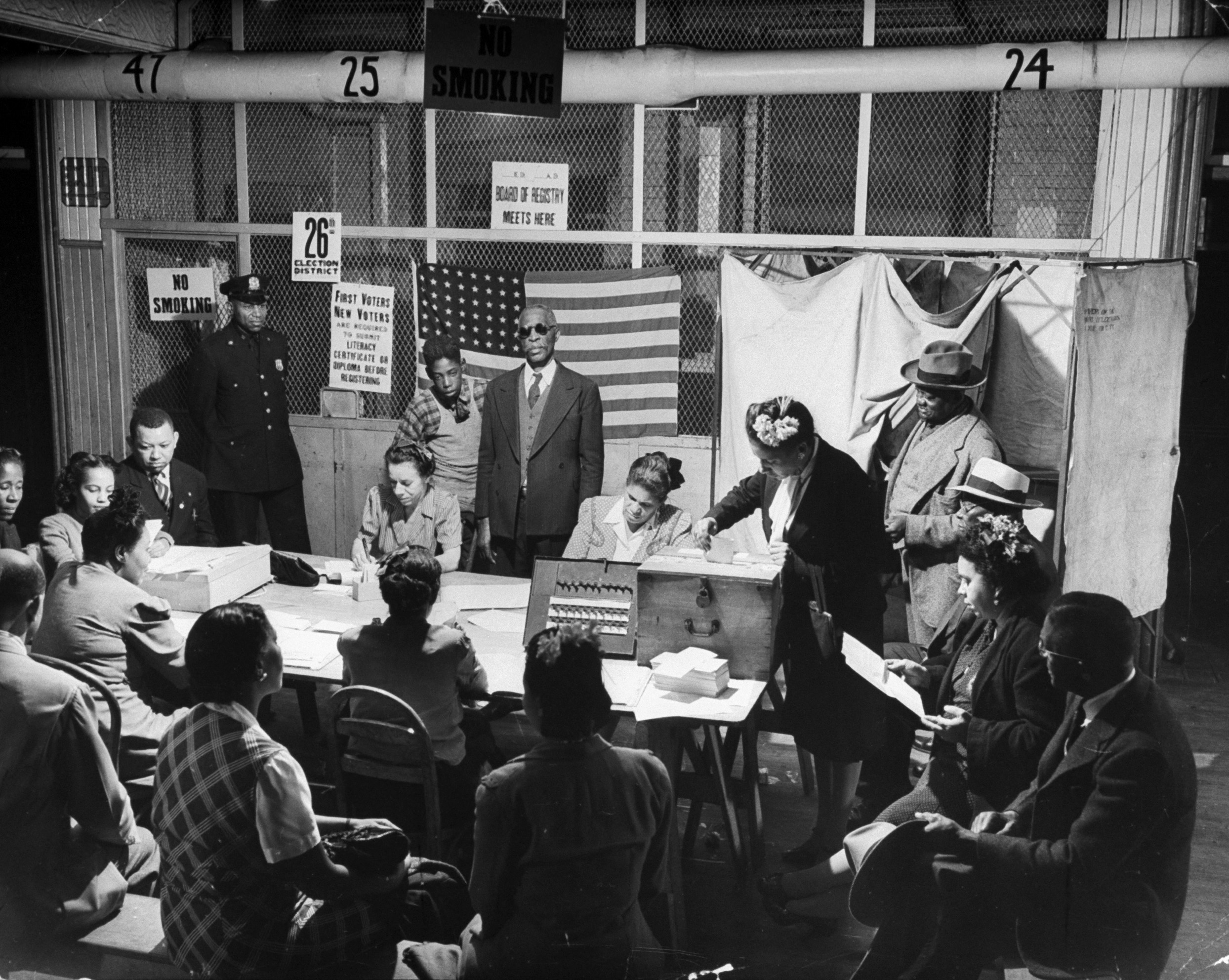
"It is important to acknowledge that it has always, or almost for the entire history of our country, been about race, that voter suppression has been inextricably intertwined with an attempt to stop first Black men, and since then other people of color from voting," Sean Morales-Doyle, deputy director of Voting Rights and Elections at the Brennan Center, told ABC News.
Below is a timeline of voter suppression in the United States from the post-Civil War era to the present day.
Aftermath of Civil War, felon disenfranchisement and Jim Crow laws
After the Civil War, three amendments -- the Thirteenth, Fourteenth, and Fifteenth Amendments, part of Congressional Reconstruction -- were passed, designed to ensure equality for African Americans in the South.
The 13th Amendment, ratified in 1865, abolished slavery and indentured servitude.
The 14th Amendment, ratified in 1868, gave African Americans "equal protection under the laws."However, it wasn't until the 15th Amendment, ratified in 1870, that states were prohibited from "from disenfranchising voters 'on account of race, color, or previous condition of servitude.'"
The 15th Amendment, however, did not provide automatic voting rights for African Americans. Congress did not provide enforcement for the 15th Amendment immediately. Tennessee was the last state to formally ratify the amendment in 1997. Voting rights were also denied for those convicted of crimes through felon disenfranchisement laws.
By 1870, 28 states had adopted a version of these laws prohibiting convicted felons the right to vote, according to the Journal of Criminal Law and Criminology, a peer-reviewed study published by the Northwestern University School of Law. Some states still enact these laws. According to the American Civil Liberties Union, only two states, Maine and Vermont, gives everyone the uninhibited right to vote. Three states currently disenfranchise felons from voting permanently: Iowa, Kentucky and Virginia.
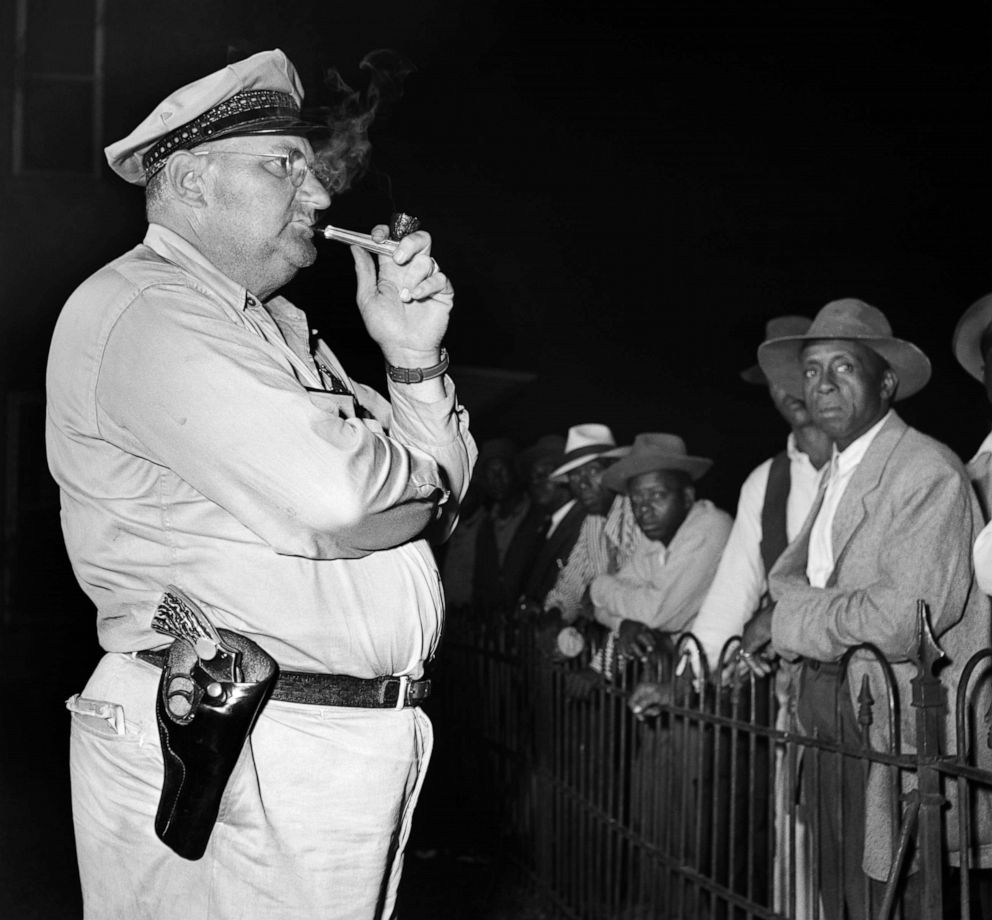
Southern states also enforced rules commonly known as the Jim Crow laws, which mandated segregation in public places, particularly between white and Black Americans. Poll tax was one of the Jim Crow laws.
Poll taxes discouraged those who could not afford to pay from voting and were a prerequisite to register to vote in Jim Crow states. Poll taxes disproportionately affected Black voters -- a large population in the antebellum South.
Poll taxes continued into the 20th century. As of 1964, Alabama, Arkansas, Mississippi, Texas and Virginia clung to poll taxes, reported the New York Times in a Jan. 24, 1964 article.
Literacy tests were also implemented to stop those who were uneducated from participating in the voting process. Literacy tests were administered at the discretion of those in charge of voter registration and often discriminated against African Americans. Literary tests asked civics questions such as "In which document or writing is the Bill of Rights found?" or "Name two of the purposes of the U.S. Constitution" as found in a 1965 Alabama literacy test. African Americans who took part in these test were descendants of slaves who were not allowed to read or write in several states due to anti-literacy laws.
White men who could not pass the literacy tests were able to vote due to the "Grandfather Clause" allowing them to participate in voting if their grandfathers voted by 1867, according to NPR.
That grandfather clause was ruled unconstitutional in 1915. Poll taxes were abolished in 1964 with the 24th Amendment and literacy tests were outlawed under the Voting Rights Act of 1965.
Women's suffrage and gerrymandering
Before the Voting Rights Act of 1965, the 19th Amendment was the first amendment that assured women in the United States the right to vote by stating "the right of citizens of the United States to vote shall not be denied or abridged by the United States or by any state on account of sex."
However, when ratified 100 years ago, the 19th Amendment did not guarantee Black women the right to vote.
According to National Geographic, "In fall 1920, many Black women showed up at the polls." In Kent County, Delaware, their numbers were "unusually large," according to Wilmington's News Journal, but officials turned away Black women who "failed to comply with the constitutional tests."
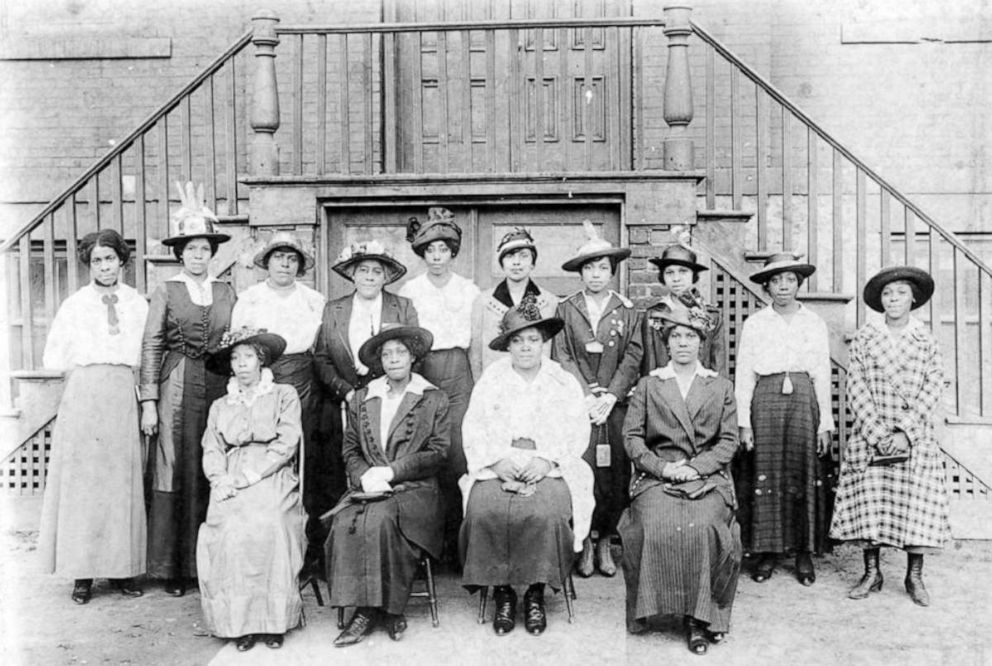
"Even though theoretically women, Black women for example, should have had the right to vote under the provision, as a practical matter, we know that that certainly was not the case and remains not a fully realized reality for many Black women, women of color in this country," Sophia Lin Lakin, deputy director of the Voting Rights Project for the ACLU, told ABC News.
"[As for gerrymandering,] I think that's very much tied into the story of voter suppression even though I think a lot of times people think of it as something a little bit different," Lakin said.
Gerrymandering is also considered to be another form of voter suppression as it is defined by Merriam-Webster as "to divide or arrange (a territorial unit) into election districts in a way that gives one political party an unfair advantage."
Christina Greer, an associate professor of Political Science at Fordham University, said gerrymandering "ultimately does hinder people from the right to vote."
"[It] either dilutes their vote, or it makes it hyper-concentrated so it dilutes in other places. It's packing and cracking and you can use mathematical solutions to look at a state, and look at where people of color are, especially Black people in a particular area distributed throughout the state," Greer said. "And you can make districts where you can either pack them all into one or two districts."
In some states like Maryland, according to the Brennan Center, after 2010 United States Census redistricting, "The Sixth District was overpopulated by about 17,414 people as Maryland started the 2010 redistricting cycle." Furthermore, "Democratic map drawers, rather than tweak the district at the edges to achieve the population parity that the Constitution requires, moved a total of 711,162 people into or out of the district ... more than 40 times the number needed to meet population equality requirements."
The Center for American Progress released a report earlier this summer which focused on how partisan gerrymandering has limited voting rights. In the Republican-controlled legislature in the state of Wisconsin, gerrymandering "shifted control of the state Assembly outright in 2018, from Democrats who won a majority of the statewide votes to Republicans who fell short of a majority. In the Senate, Democrats fell 1% short of a majority of the vote, likely because of aggressive voter suppression targeting communities that disproportionately support Democrats."
Gutting of the Voting Rights Act
After the passing of the Voting Rights Act of 1965, there were several changes within the United States government to get more people registered to vote. Lowering the age to vote from 21 to 18 with the ratification of the 26th Amendment during the Vietnam War, allowed more men and women across the country to register to vote.
The National Voter Registration Act of 1993, commonly known as the "Motor Voter Act," was intended to offer more opportunities for voters to become registered by making the Department of Motor Vehicles, public assistance facilities and disabilities agencies places for people to register to vote.
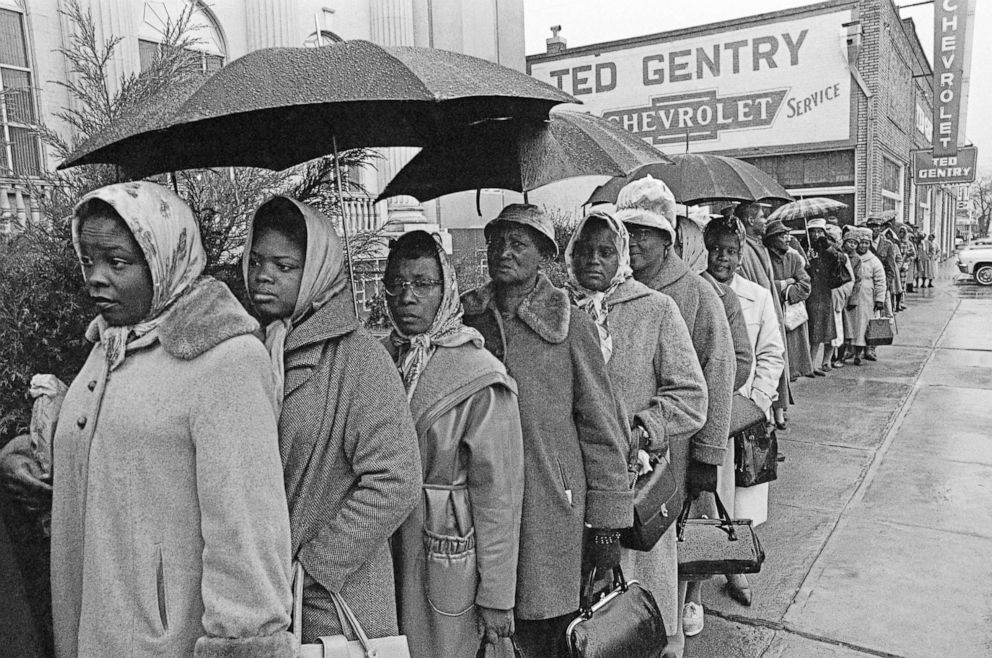
However, the fight to get more people to vote and the progress after the Voting Rights Act came to a halt after the 2013 U.S. Supreme Court case, Shelby County v. Holder, changed the way the Voting Rights Act was implemented nationwide.
In a 5-4 decision, Section 4 of the Voting Rights Act was ruled unconstitutional by the Supreme Court.
According to the Department of Justice, "Section 4(a) of the Act established a formula to identify those areas and to provide for more stringent remedies where appropriate. The first of these targeted remedies was a five-year suspension of 'a test or device,' such as a literacy test as a prerequisite to register to vote."
The 2013 decision ruled that "the coverage formula set forth in Section 4(b) of the Act was unconstitutional, and as a consequence, no jurisdictions are now subject to the coverage formula in Section 4(b) or to Sections 4(f)(4) and 5 of Act. Accordingly, guidance information regarding termination of coverage under Section 4(a) of the Voting Rights Act (i.e., bailout) from certain of the Act's special provisions is no longer necessary."
Chief Justice John Roberts said the Voting Rights Act was based on the "decades-old data and eradicated practices ... such [literary] tests" and that they "have been banned nationwide for over 40 years."
While Jim Crow laws were banned nationwide because of the act, the floodgates were opened to allow states across the country to implement "massive dents" to the voting infrastructure in the United States, according to the Brennan Center.
Since 2010 before the decision, 25 states have put into place new requirements such as voter ID laws, closing polling places and cutbacks to early voting, as per the Brennan Center.
However, Texas and North Carolina faced challenges implementing these new laws.
In Texas, the state introduced a voter identification law to establish voter eligibility in its 2014 federal election, and while the move was ruled unconstitutional by U.S. District Judge Nelva Gonzales Ramos of Corpus Christi, the U.S. Supreme Court overruled the order, according to the Texas Tribune.
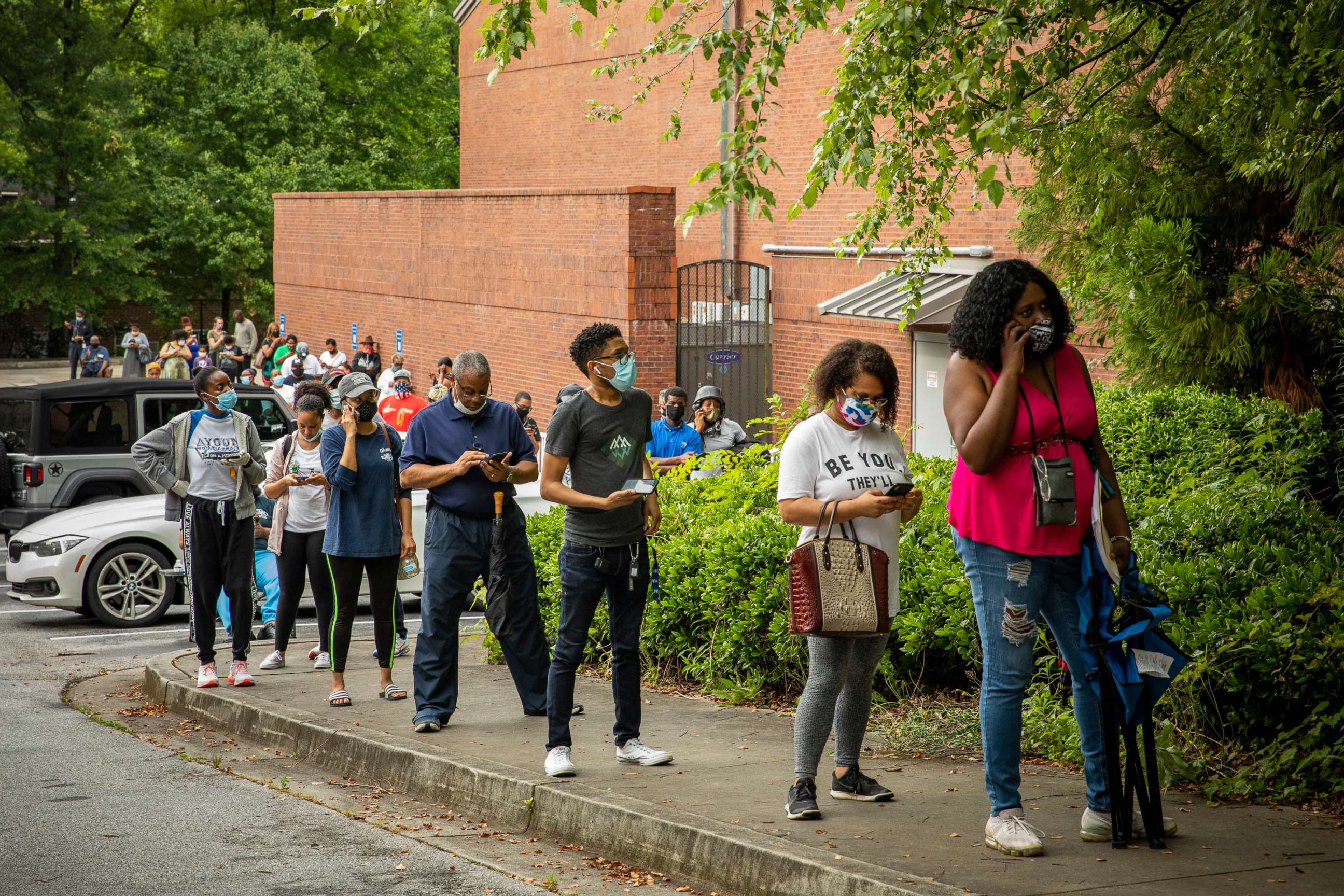
In North Carolina, elected officials eliminated same-day registration, scaled back the early voting period and also implemented a photo identification requirement, however a U.S. District Judge Loretta Biggs issued an order barring the photo identification requirement, reported ABC News' North Carolina affiliate, WTVD.
Today, activists look to make up ground lost throughout history and look to continue to fight voter suppression and restore the right to vote for those who have lost it.
In 2019, the U.S. House of Representatives passed a new bill restoring key sections of the Voting Rights Act, but it has yet to be brought to the floor in the U.S. Senate (In 2020, the bill was named the John Lewis Act, to honor the late civil rights champion).
Voter suppression has a long history in the United States, yet according to Morales-Doyle, there is reason to be optimistic about the future of voting.
"We are in the midst of what I think is a moment when American citizens and voters are really taking voting rights and the way democracy works seriously and putting it at the top of their list of issues that they care about," Morales-Doyle said. "That's really encouraging and I hope it means that we'll take more steps forward in the near future."




